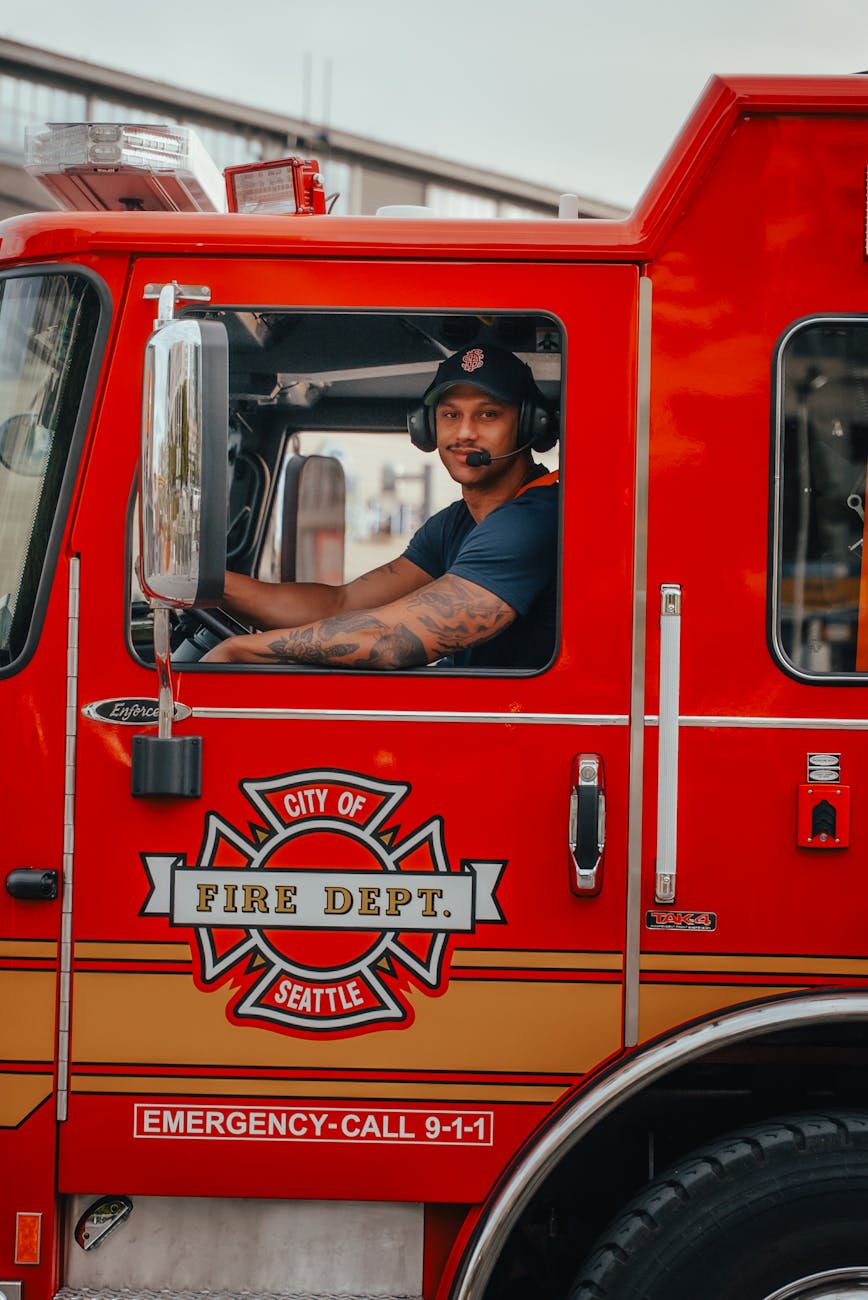Many fire/EMS and nonaffiliated EMS agencies can do well with writing and filing individual grant applications. But regional grants, or an application representing multiple agencies, can be a powerful yet underused tool.
Regional grants can create a compelling, demonstrated need for funding that could be the difference between an award letter or a “try again next time.” But how do you know if a regional grant is right for you and your Fire/EMS or nonaffiliated EMS organization?
Here are 5 reasons:
1. Your needs line up with at least one other agency in your area
They would benefit, but you would too.
Regional grants can be a force multiplier. When multiple agencies have demonstrated they can coordinate their grant, they can receive an award that benefits them and their partner agencies.
2. Spreading the cost and the benefits makes a project more feasible
Agencies in a similar area may have similar needs.
For example, agencies may have radio equipment that they need to replace. Typically, Fire and EMS departments are only allowed portable (handheld) radios, though nonaffiliated EMS can request funding for mobile, base stations, portable radios, and mobile repeaters.
When multiple agencies coordinate on a regional grant, they can align their equipment needs.
Not only can that make it easier to apply for the grant.
If they get the award, the new radio equipment improves communications and interoperability across their areas and when providing mutual aid for an incident.
3. It takes a village to write a big grant
When an agency has a big need, it may take a big effort to make that grant happen.
Let’s say that an agency in your area needs a grant. It turns out, your agency has a similar need. However, that neighbor agency doesn’t have a grant writer like your agency does. Working on big grants can take lots of coordinated effort.
If your agencies pool resources, not only can you develop the grant together. You can put your grant writing expertise to work, and help your agency and your neighbor agency get a grant award that benefits all of you.
4. Rural, Urban, and Suburban departments can benefit one another
Sometimes it can feel like rural, urban, and suburban areas might as well be in other countries. Needs, resources, and cultures can all be different from one another.
However, when it comes to a regional grant, those differences can become a big strength.
When agencies collaborate on a grant, they’re demonstrating a bigger need. Meeting that aid can benefit each department individually, as well as the entire area collectively.
Rural, Urban, and Suburban departments can talk up both their strengths and their challenges, and develop a compelling grant that benefits them all.
5. Interoperability and mutual aid improve when everyone gets the same gear
Regional grants typically require that the applicants get the same gear. That tends to make for better interoperability, since departments can more easily work with one another when they’re using similar equipment.
A regional grant application can be a powerful tool that gets your project funded
Regional grants can be an incredibly effective tool for departments seeking grant funding. When multiple departments apply together under the same application, it’s like a force multiplier: You’re demonstrating need not just for yourself, but for multiple agencies and jurisdictions.
That’s not a guarantee of winning, of course. But with solid data, demonstrated need, and clear benefit to you and your service area, a regional grant can be a powerful tool that gets your project funded.

